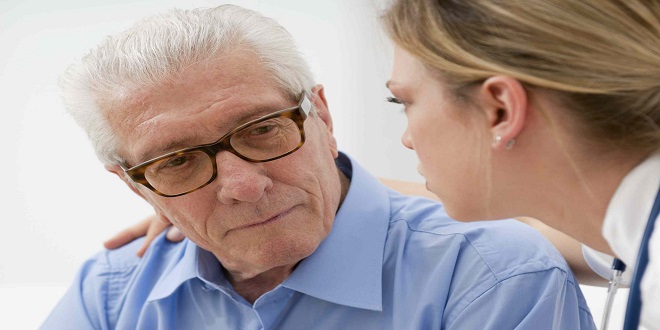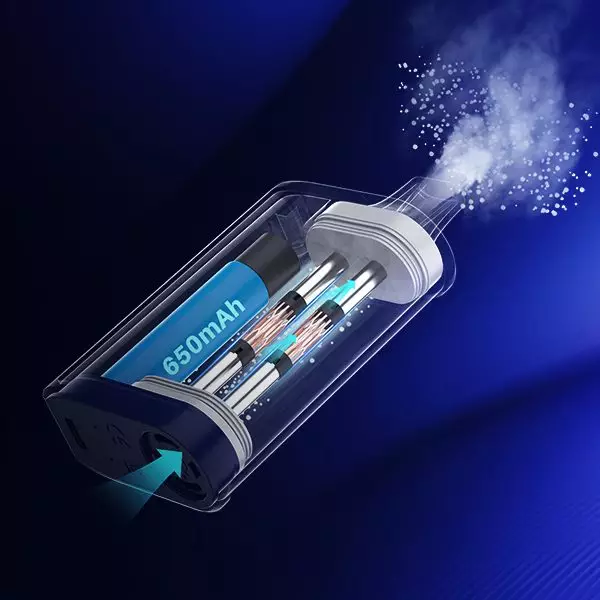Cancer Treatments And Their Side Effects

Every cancer kind calls for a different treatment plan, so a precise cancer diagnosis is crucial for the right kind of treatment. Typically, systemic therapy (chemotherapy, hormonal treatments), radiation, and/or surgery are used in treatment.
Cancer treatment may also involve the use of CBD oil. When choosing a treatment plan, it is important to take into account both cancer and the patient. To obtain the anticipated therapeutic outcome, it is critical to complete the treatment procedure within the allotted time frame.
According to studies, nearly 10 million people will die from cancer worldwide in 2020, making it the top cause of death. In 2020, the most common were breast, prostate, skin, stomach, colon, and rectum cancers.
Setting treatment objectives is a crucial first step. Typically, the main objective is to treat cancer or significantly extend life. A key objective is enhancing the patient’s quality of life. Support for the patient’s physical, emotional, and spiritual well-being as well as quality care for those with terminal cancer can help achieve this.
- Chemotherapy – suppresses the cancer cells’ rapid cell growth and growth. There are two uses for chemotherapy: treat cancer and ease the cancer symptoms.
It is a common method of cancer treatment. Chemotherapy may be the only form of treatment you receive in some cases. However, chemotherapy is typically combined with other cancer treatments. The sort of cancer you have, whether it has spread and where, and whether you have any other health issues will all influence the type of treatment you require.
Side effect: In addition to killing rapidly dividing malignant cells, chemotherapy also kills rapidly dividing healthy cells. It’s possible for side effects including mouth sores, dizziness, and hair loss to result. After the chemotherapy is over, side effects commonly subside or disappear. The most frequent adverse effect is fatigue, which is a state of being worn out and exhausted.
- Radiation Therapy – Radiation therapy destroys cancer cells’ DNA, which more or less eliminates them or reduces their growth at high dosages. Cancer cells that have DNA damage that cannot be repaired either stop multiplying or die. When the injured cells perish, the body degrades and eliminates them.
Radiation therapy does not instantly remove cancer cells. Cancer cells suffer enough DNA damage causing them to die. Days or weeks of treatment are required. After radiation therapy is finished, cancer cells continue to perish for a few weeks or months.
Side effect: Radiation can harm neighboring healthy cells in addition to killing or slowing the growth of cancer cells. Healthy cells can sustain damage. Patients commonly encounter fatigue. It could start suddenly or develop gradually. People experience weariness in different ways, so you can experience it differently than someone else who is receiving the same dose of radiation therapy to the same body area.
- Hormonal Therapy – Breast and prostate cancers that depend on hormones for growth are treated with hormone therapy. Men with prostate cancer who are unable to undergo surgery or radiation therapy may benefit from hormone therapy to lessen or avoid their symptoms. Most frequently, hormone therapy is combined with other cancer therapies.
Side effect: Hormone therapy can result in unfavorable side effects because it limits your body’s capability to produce hormones or gets involved with how they behave. Men who get hormone therapy for prostate cancer frequently have side effects like hot flashes, weak bones, diarrhea, nausea, enlargement of the breasts, and exhaustion.
- Surgery – A procedure in which a surgeon removes cancer from your body to treat cancer. There are different techniques for performing surgery than making knife cuts. Cryosurgery, lasers, hyperthermia, and photodynamic treatment are a few of these. In an open procedure, the surgeon makes a single, big cut to remove the tumor, some surrounding good tissue, and possibly some lymph nodes.
Side effect: Most people have pain in the area of their body that had surgery afterward. Another issue that may arise after surgery is infection. Surgery also carries the dangers of bleeding, injury to surrounding tissues, and adverse anesthetic reactions.
In many circumstances, the goal of treatment is to cure cancer. Many cancers can be healed with contemporary treatments, especially if they are caught early enough in the disease. A course of radiotherapy, an operation, or other methods may be used to reduce the size of cancer. Even if a cure is not attainable, some treatments may improve symptoms like discomfort.





